Butrint is an archaeological site in southern Albania. The city was inhabited for about 3000 years, and the oldest finds date back to 800 BC. There are ruins from completely different eras, and walking around the site you can travel back in your imagination to many different times in history.
Table of contents
Butrint in Albania
Butrint is located in the southernmost part of Albania, on a cliff next to the Vivari Strait. It has been a Greek colony, a Roman town and an episcopal diocese, and today around 650 people live here.
Ruins from different eras
Butrint has been populated since ancient times. At least the city is known to have been inhabited for almost 3000 years, and archaeological excavations have been going on there since the 1920s. It originated as a Greek colony, was later a Roman city, had its heyday during the Byzantine period and was abandoned at the end of the Middle Ages, when it was under Venetian rule.
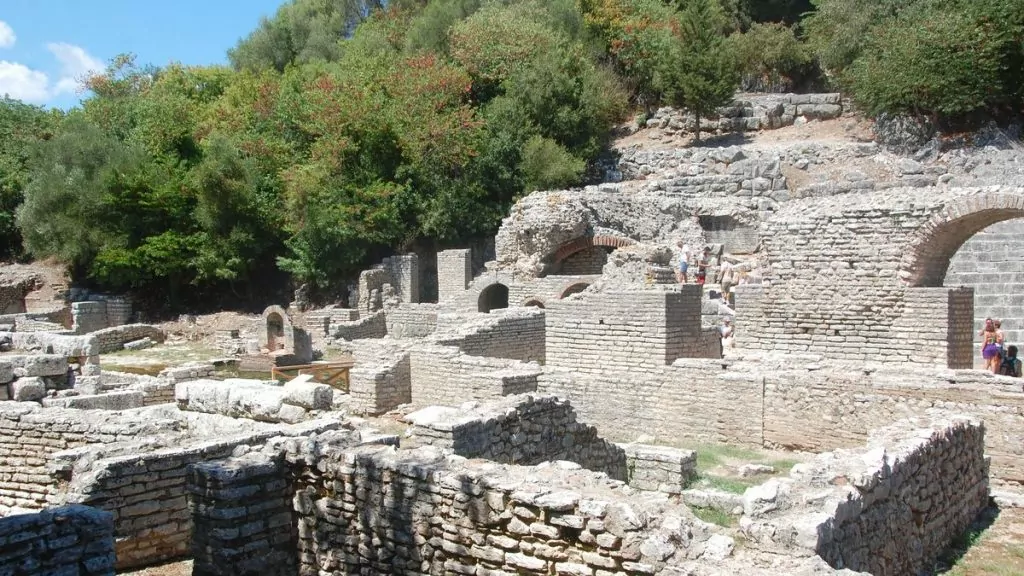
The original population probably had a fort and a sanctuary and traded by selling food to Corfu. By the 4th century BC, the town had grown, including an amphitheatre. Rome took control of Butrint in 167 BC and it became part of the province of Illyricum. The city was destroyed by an earthquake in the 2nd century, and the impressive Triconch Palace was added during reconstruction.
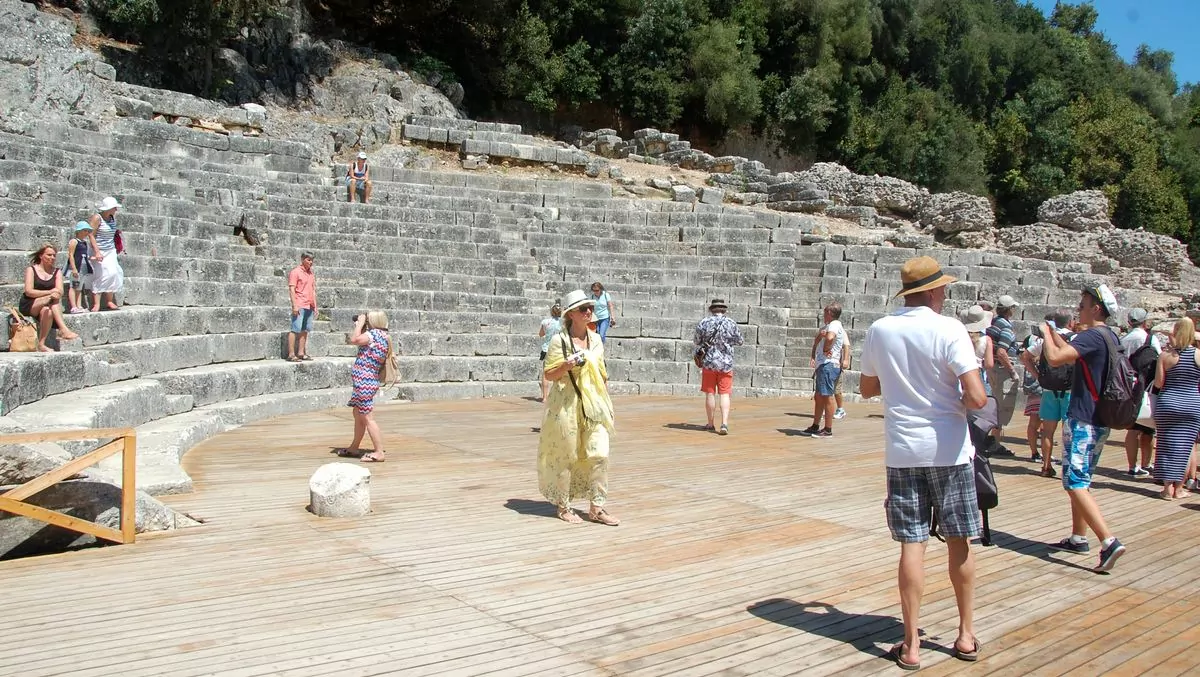
In the 5th century, Butrint became an episcopal diocese and a baptismal chapel and basilica were added. In the 6th century the city came under Slavic control and the city declined until the 8th century, when the Byzantine Empire took control of the area. Thereafter, several different groups continued to fight, and the city was repeatedly re-governed ...
In 1267 Charles I of Anjou took control, and in 1386 the area was bought by the Republic of Venice. In 1797, Butrint was handed over from Venice to Napoleon I and became French. In 1799 it was taken by the Ottoman Empire and remained part of the empire until Albania's independence in 1917.
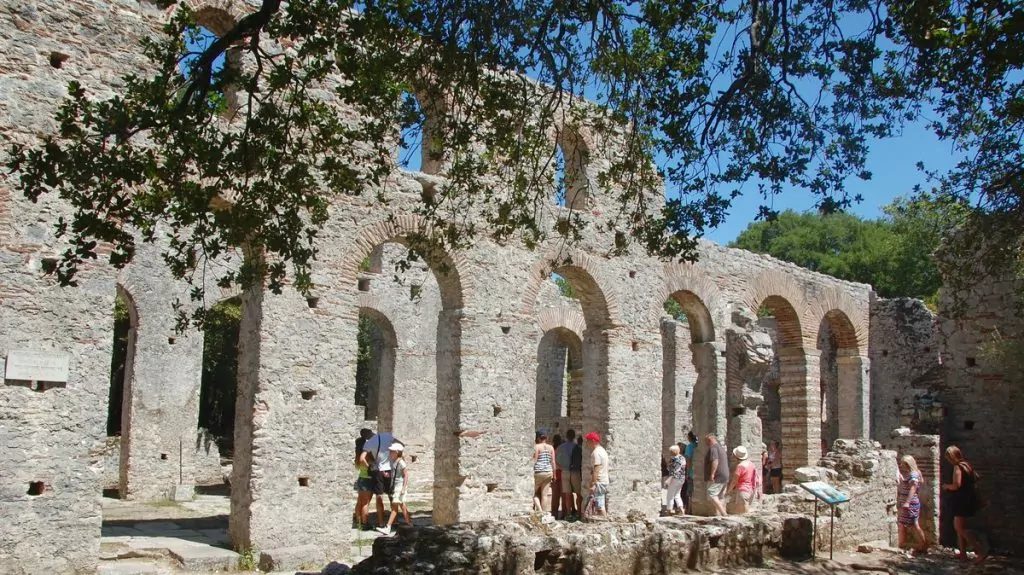
So the buildings here are from completely different periods in history. For example, there is an ancient theatre and bathhouse, as well as an early Christian church. The city wall from the 4th century BC also remains. There is also a museum on the site, with statues, artefacts and a film about the archaeological work.
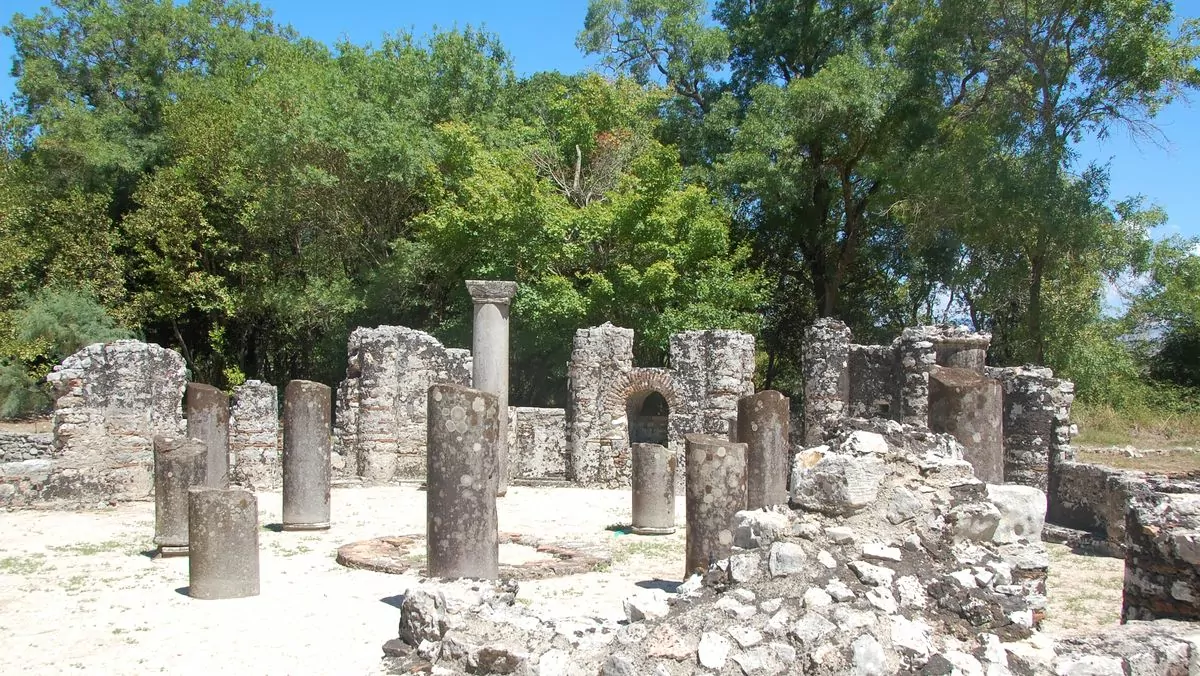
Butrint - a popular attraction
Butrint is a popular attraction in Albania, with busloads of French, Polish, Estonian and all sorts of others. If you want to walk around in peace and quiet, it's a good idea to arrive early in the morning, perhaps as early as 8am when they open. From 10am onwards you can expect it to be quite crowded.
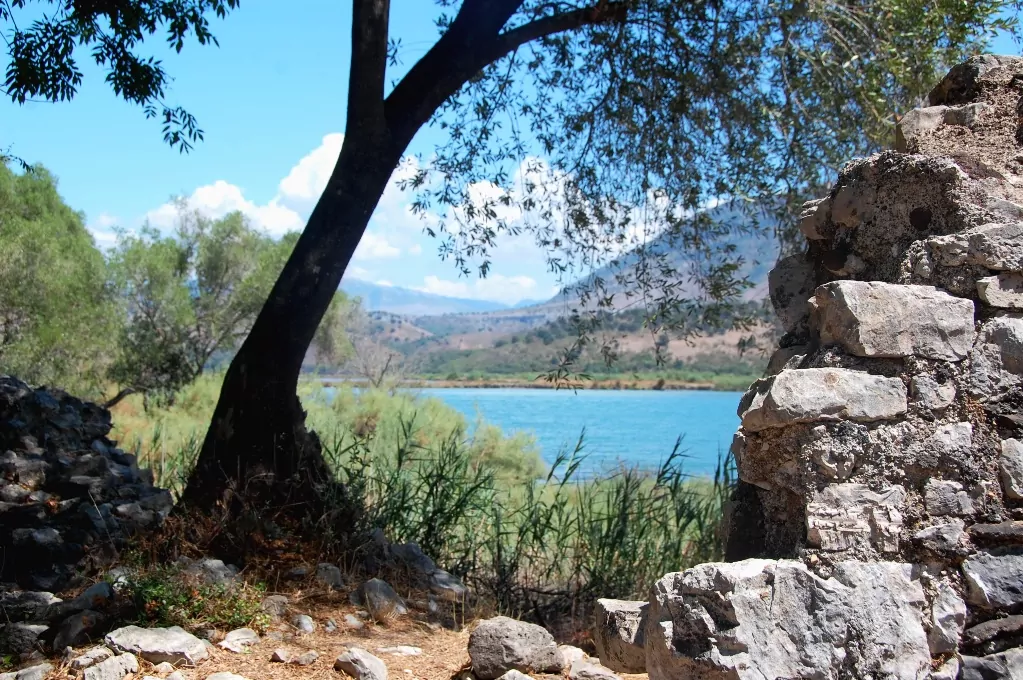
It cost about 48 kr/person to visit the area when we were here (2015) and about 34 kr/person if you came in a group of at least six people. The latter meant we quickly became "friends" with a bunch of Dutch people in the queue ...
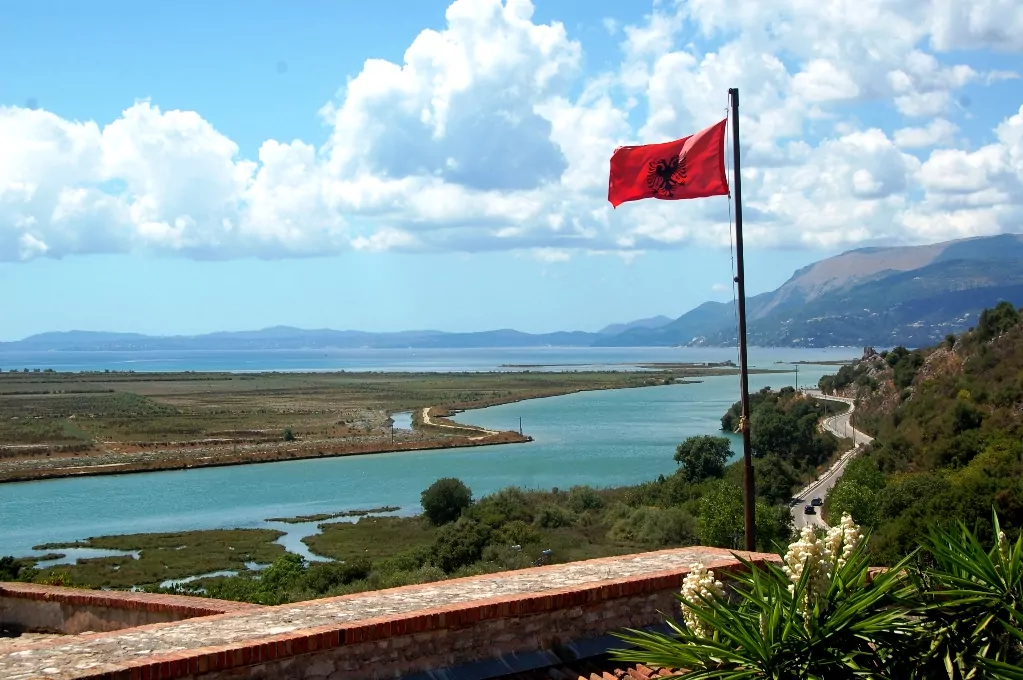
Interesting 'car ferry'
Just outside Butrint is an interesting version of the "car ferry". We haven't tried it ourselves, but it feels like it deserves to be pictured!
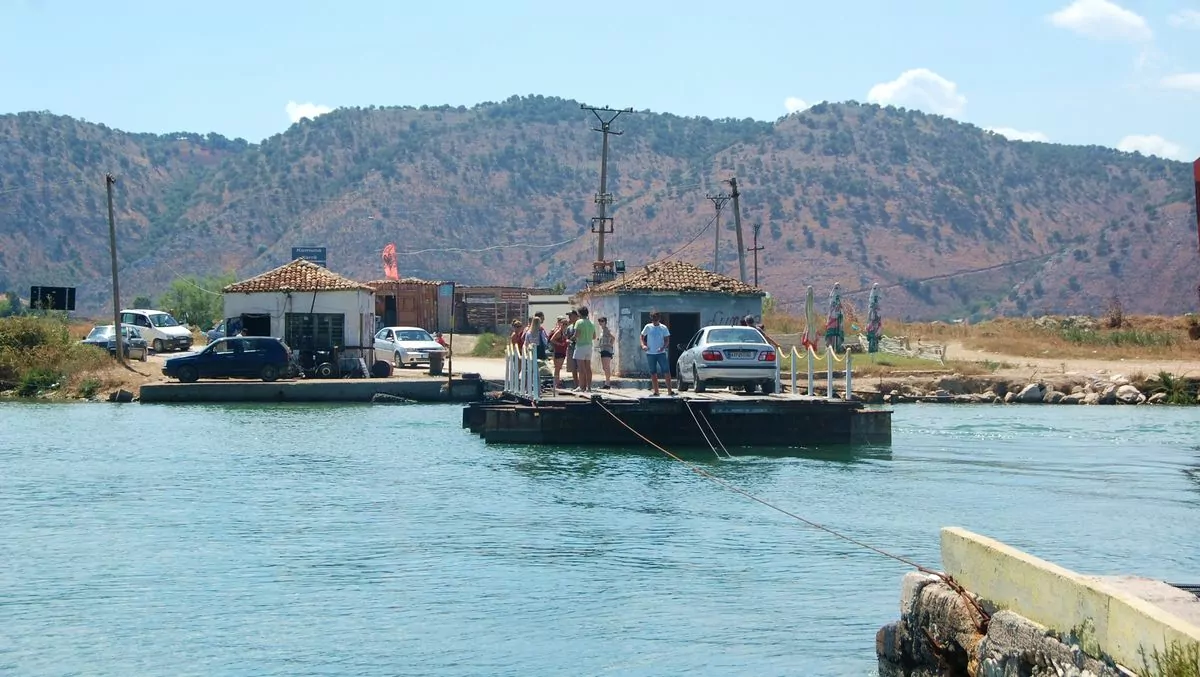
See more in the neighbourhood
Not too far from Butrint are the lovely holiday resorts of Ksamil and Saranda, both of which are worth visiting. Here you can enjoy sun and swimming, boat trips and dining in restaurants. In the southern part of Albania, you can also visit the thermal spring Blue Eye, which is incredibly beautiful with its crystal clear, cold, blue shimmering waters.
If you are interested in history, you may also want to visit the city of Gjirokastra (Gjirokaster), which is less than two hours from Butrint by car. The old town is a Unesco World Heritage Site and bears traces of the Ottoman era.
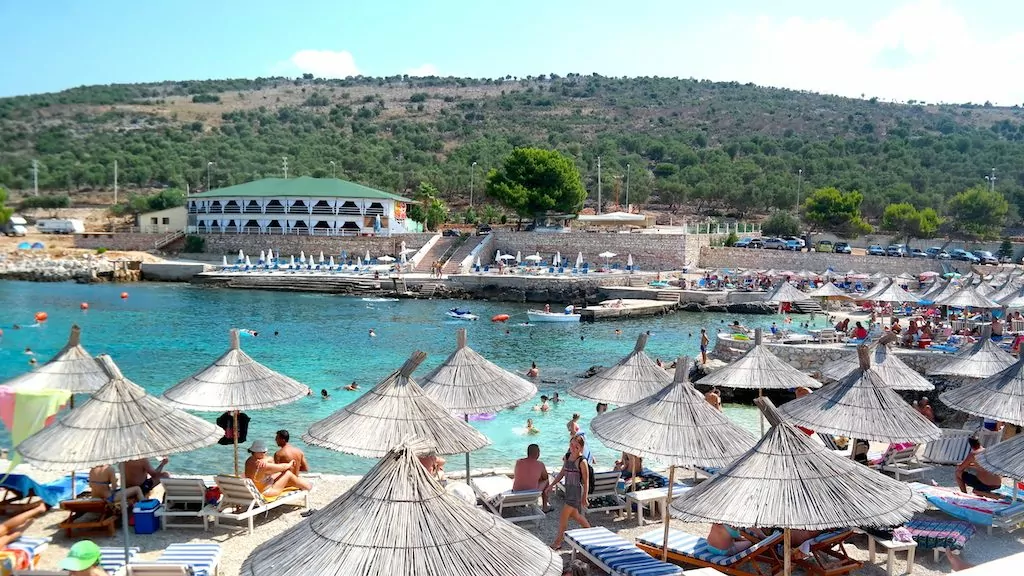
Saranda in Albania - 5 great excursions around Saranda
Curious about Saranda in Albania? Today we offer some tips on the lovely holiday resort of Saranda...
Facts about Albania - 30 things you (might) not have known
Facts about Albania - 30 things you might not know about Albania. We travelled around...
Blue Eye - "Syri i Kalter" source in Albania
The source "Syri i Kalter", Blue eye, or blue eye in Swedish is located in southern Albania, not...
Driving in Albania - on Balkan roads
What is it like to drive in Albania? It doesn't have to be difficult to drive a car in...
Food in Albania - 22 Albanian specialities
Food in Albania, what does it taste like? And what does Albanian food mean? We have travelled by motorhome...
Livadhi beach, Himara in Albania - camping Moskato
Today we can tell you about the Livadhi beach at Himara in Albania and the Moskato campsite, which...
Motorhome parking in Albania - Radhima on the west coast
Now we have found a modern caravan site in Albania at Radhima. We have written a...
Major cities and motorways in Albania
Today we have experienced both big cities and motorways in Albania. We have travelled from...
Guest blog: From Dubrovnik to Thessaloniki
Saturday and guest blog with Elisabeth Haug From Dubrovnik to Safari Beach, 16 miles. That should...
By motorhome on Albania's mountain roads
Today we continued northwards on Albania's mountain roads, from Himara to Radhima. The plan was just to move...
Is it safe to travel in Albania?
When travelling in Albania, we get a lot of questions. Many are curious about the country and...
Restaurant Guvat, Ksamil in Albania
We had received the same restaurant tip from two completely independent people. So we were "forced" to try...
Albanian meze - Many small dishes
Albanian meze - what is it? We are currently staying at a campsite in Shkodra at...
From North Macedonia to Albania by motorhome
Now we have continued our journey from North Macedonia to Albania. After the visit in Kicevo we went...
Ksamil in Albania - lovely sunshine holidays
Why not take a sun holiday in Ksamil, Albania? Ksamil is a tourist resort near Saranda with nice beaches....
Beautiful northern Albania - Shkoder and Lake Shkoder
Now we are just about ready to leave northern Albania with Shkoder and Lake Shkoder and head north,...
Albania's beaches - 14 beautiful beaches in Albania
Albania's beaches! Today we're featuring lots of beautiful beaches in Albania, including our own favourite Bunec...
Camping on Lake Ohrid in Albania
Camping at Lake Ohrid in Albania. Lake Ohrid is located in eastern Albania on the border with North Macedonia, and is...
Lake Shkodra Resort - camping at Lake Shkodra
Lake Shkodra Resort - camping at Lake Shkodra. If you're worried about it being...
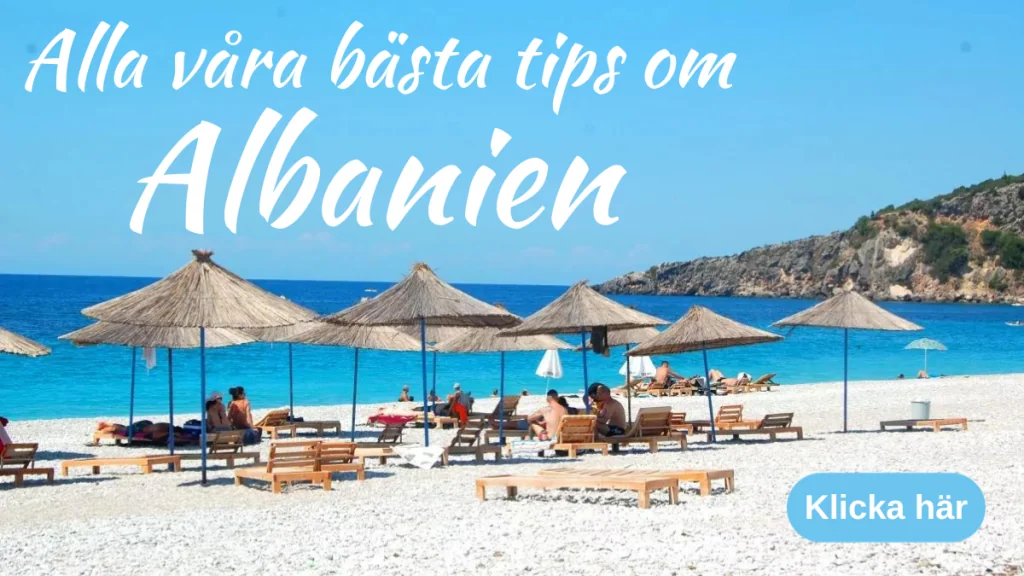
Travelling here
- Car: You can drive to Butrint by car, camper van or rental car. There is a large car park outside the area. Driving time from Saranda is about one hour.
- Bus: Tours by bus are also organised. Check with your tour operator, hotel or campsite.
Guide: Opening hours and prices
- Opening hours: The archaeological site is open all year round, from 08:00 in the morning. The museum opens at 09:00 and closes at 16:00.
- Prices: About 48 kr/person, or 34 kr/person if you come in a group (2015).
- Accessibility: There are no long distances to walk, but the ground can be uneven.
- Read more: You can find more information about Butrint at UNESCO website.


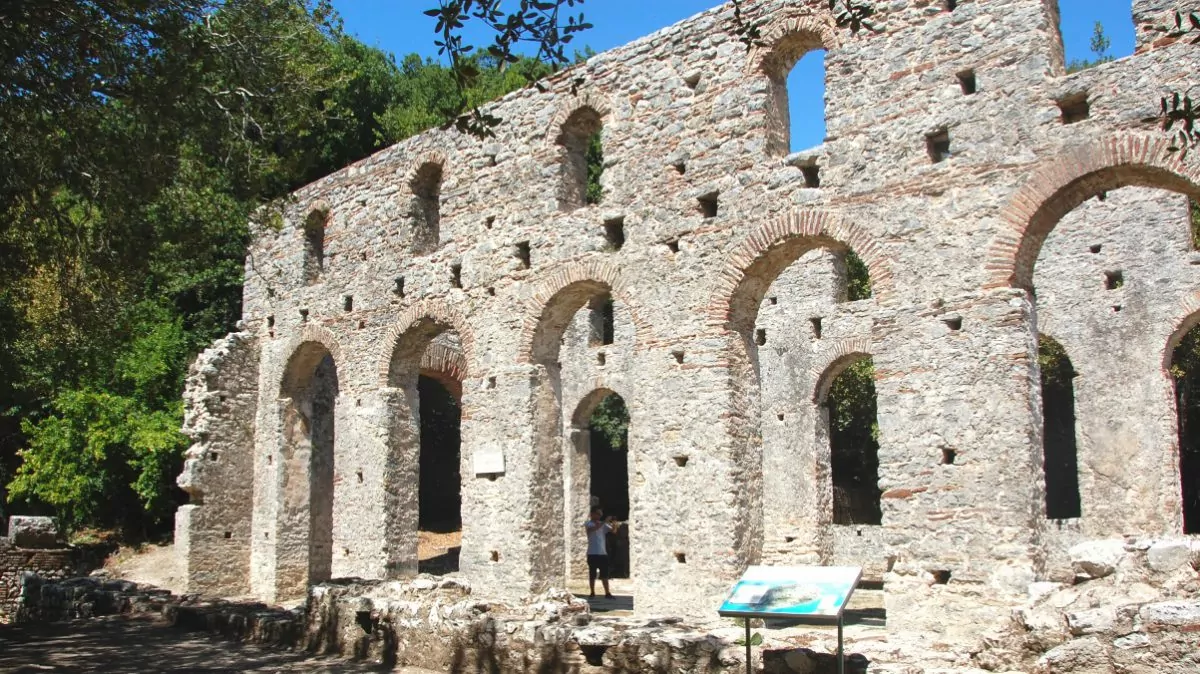






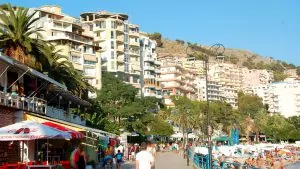
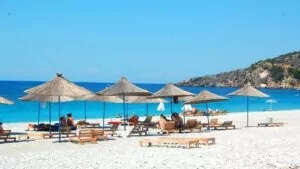
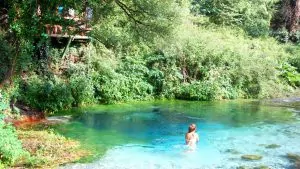
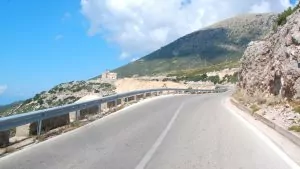
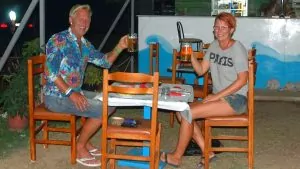
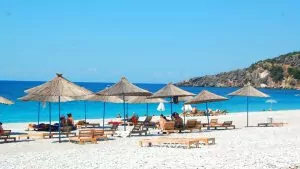
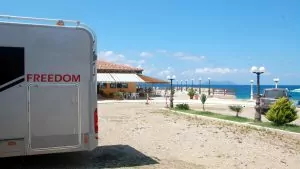

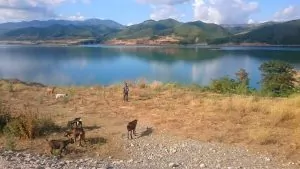
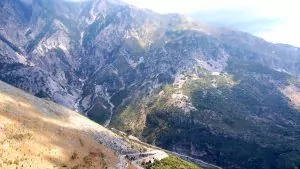
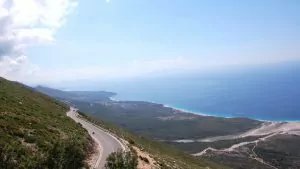
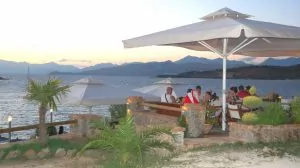

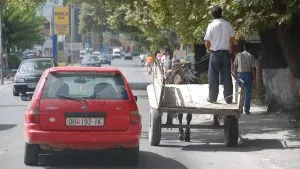
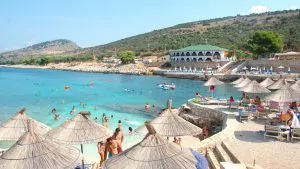
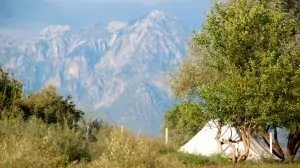
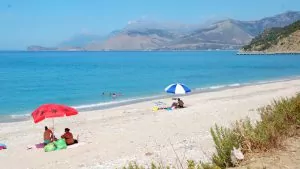
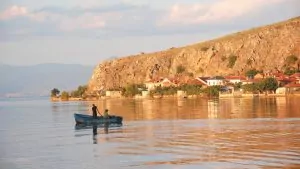
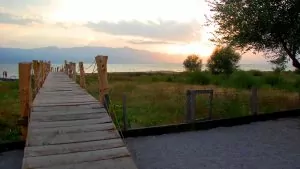
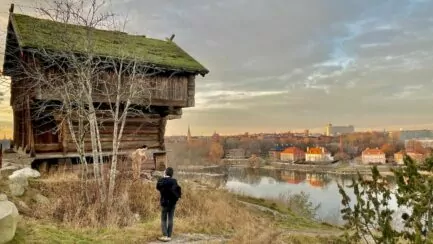
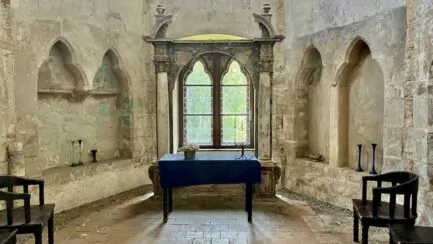
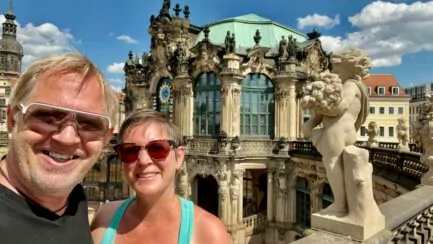
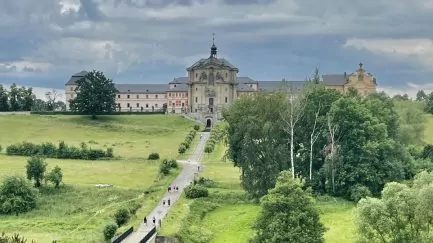
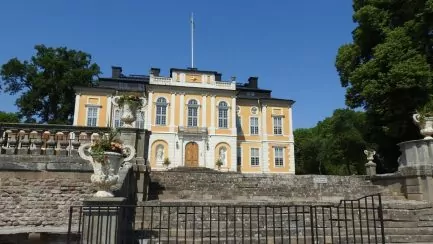



Mr Steve says:
Albania is becoming increasingly interesting.
It's good to see that you have a knack for group formation.
19 August 2015 - 7:26
admin says:
Steve, there is a lot to see and experience in Albania. And yes, sometimes it can pay off to be good at hasty group formation 😉.
19 August 2015 - 7:45
Ama de casa says:
What a great way to make new friends 🙂
19 August 2015 - 10:12
admin says:
Ama de casa, right? 😉
20 August 2015 - 9:32